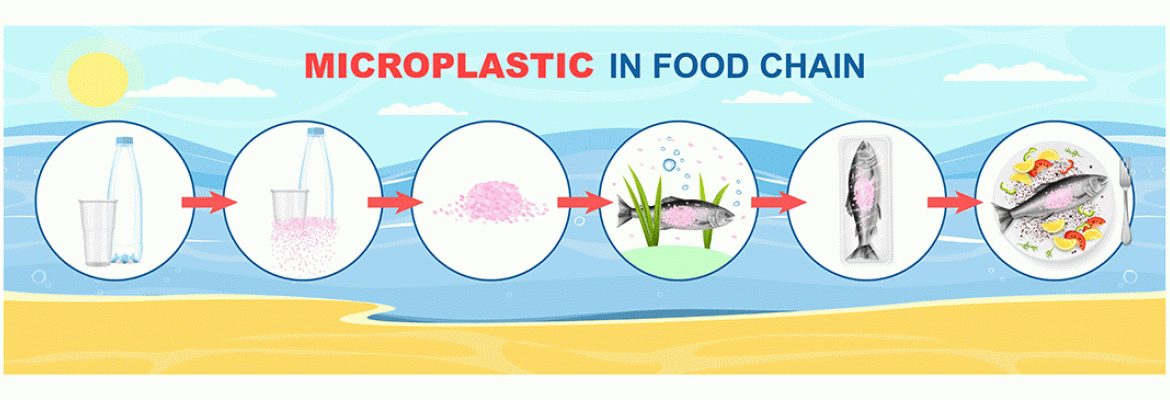
Microplastics are one of the most serious ocean pollutants. When a plastic bottle enters the ocean it slowly breaks down into small pieces over hundreds of years. Not only do these tiny particles contaminate the water, they can be mistaken for food by marine life. Ingested plastics can build up in an animal's stomach and absorbed into their bodies.
This means that plastic contaminants can land back on our tables when we drink water and eat fish and seafood. The highest source of plastic ingestion comes from water, regardless of whether you prefer to drink bottled or tap. A study conducted by the University of Newcastle in 2019 suggests the average person could be consuming the equivalent of a credit card in plastic each week!
In Australia alone approximately 130,000 tonnes of plastic makes its way into the marine environment each year1. We can lower this number by making a conscious effort to reduce, reuse or refuse single use plastics.
Everyone has a role to play. You might think carrying plastic onboard your vessel will not have an impact, but when everyone else is doing it too the cumulative effect impacts us all.
1. Sourced from Department of Agriculture, Water and the Environment National Plastics Plan 2021